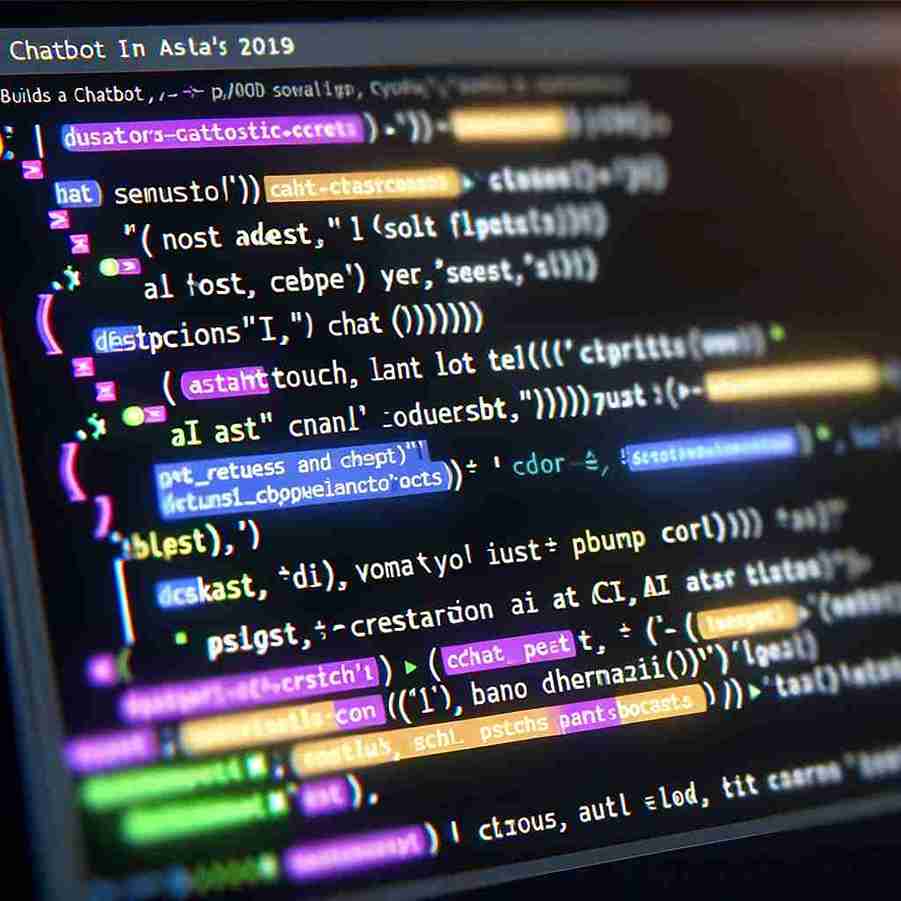AI Chatbot Guide: Get Your Own Efficient Digital Assistant in 4 Steps

The invention of the AI chatbot ChatGPT has surely blown our minds. It has made our lives and work so easy and efficient that some people plan to build their AI chatbots. The good news is they can do it using the ChatGPT API, which OpenAI develops.
But why should you get your own AI chatbot when you already have so many available chatbots? Let’s find out.
Benefits of Building Your Personal AI Chatbot
If you can successfully build your own AI chatbot, it can help you in several aspects, both personal and professional. Here are some of the key reasons:
Customized Outputs
Even though tools like ChatGPT can provide desired results, if you get your chatbot, you can train it to provide accurate results tailored to match your expectations appropriately. Thus, the results will be more helpful and will also have a personal touch to them.
Here’s how you can improve your prompts to use a chatbot more efficiently.
Automation of Tasks
If you use regular chatbots frequently for work, you know the pain of typing the same prompt almost daily. You can eliminate it by creating your chatbot and training it to do repetitive tasks without you having to put in extra effort and time.
Personal Assistance
You can use tools like ChatGPT as your assistance, but they also have limitations. You cannot deploy them on any software of your choice. However, if you can successfully build your AI chatbot, you can integrate it with any app or software you choose. It will help increase your output at work by saving a lot of your time.
Here are a few third-party ChatGPT plugins that act just like personal assistance.
Now that you know the benefits of building your personal AI chatbot. Let us tell you more about the API to help you build your chatbot.
Before using ChatGPT API, you need to know how it works. So, it’s an interface that will allow you to integrate the conversational abilities of ChatGPT into any application you are building. But why should you use this API in particular?
ChatGPT AI is unique as it can understand instructions provided by humans and is also trained to generate results in a human-like manner. Thus, the conversation feels more natural and less like communicating with an AI tool.
So, here are the steps you need to follow to build your own personal AI chatbot.
Step 1: Getting Your Set Up Ready
- First, you’ll need to register for an API key. You can do that by visiting https://platform.openai.com/account/api-keys – this page will allow you to create and manage new API keys. You can easily create a key by clicking the ‘+ Create new secret key’ button.
Once you have created it, it’ll appear on your device’s screen. You can see it only once, so you must keep it in a secret and secure location. It is just like any other password of yours that contains sensitive information. You will need the key to authenticate any request on the ChatGPT API.
- After successfully creating an API key, you must choose a programming language for AI development. Python, known for its Natural Language Processing, is usually the most common choice of developers.
But you can also use R (excellent for statistical analysis and data visualization), Java (which is highly portable), C++ (which is known for its speed), etc. The programming language you will choose will depend on the project’s requirements and the nature of the application you are building.
- The final requirement while getting your setup ready is to choose the right development tools. If you are looking for an ideal code editor, use Visual Studio code, PyCharm, or Eclipse. These tools will help you make your code better and will also help you increase security and efficiency.
Other programming tools you may consider for completing your code include GitHub Copilot, TabNine, and Codeium.
Step 2: Understanding ChatGPT AI Documentation
Before you start working on the application, you should read the OpenAI’s API documentation to understand all the functions and capabilities of the API. You should pay special attention to API endpoints, request parameters, response formats, usage limits, error handling, and updates and versioning. You should also thoroughly read the sample code and follow the tutorials provided in the documentation.
Step 3: Drafting the Code
Writing the code for your personal AI chatbot is the most crucial part of the process. So, pay keen attention to each step mentioned below:
- The first and most important step is to import the necessary libraries containing tools and functions you will need to interact with ChatGPT API. For example, if you plan to use Python, ‘requests’ is the most common library.
- After you have imported the libraries, you will need to authenticate your requests. For this purpose, you must use the API key you created earlier.
- Once the authentication process is successful, you can send requests to ChatGPT API. But, you will have to be very specific by adding prompt text, model choice, and any other session parameters that might be necessary. It would help you to get more accurate results.
- After sending the request, you will receive a response from the API, which will be in JSON format. You will have to parse the data to get the result in text format. Once that’s done, you can start using it in your application.

Step 4: Deployment
After training your chatbot, you can deploy it on a platform of your choice, like a website, social media, or an app. However, it is not the end of your responsibilities, as, after deployment, you will have to continue monitoring and maintaining the chatbot to ensure it works efficiently.
Final Thoughts
If you have decided to build your personal AI chatbot, it will help you in several ways. However, to build one successfully, you will need technical skills, market knowledge, and creativity. This article will help you learn each step involved in building a chatbot in detail.

